Popular Products
PGA4311UA PGA2320IDW TAS3108DCP INA1651QPWRQ1 DRV134UA DIR9001PW DIT4192IPW ZL38051LDF1 PCM9211PT DIT4096IPWPowering the Future
3/9/2023 11:26:58 AM
In an era where technology reigns supreme, the thirst for power seems unquenchable. From the rise of high-speed computing to the electrification of transportation, the demand for energy is skyrocketing. But as the world races towards a greener future, the challenge lies in meeting these demands sustainably. Let's delve into the dynamics of this power surge and the innovative solutions emerging to address it.

Computing Power: A Growing Appetite
The growth of computing power is staggering. By 2030, computers alone are projected to consume 3,000 Terawatt-hours (TWh) of electricity, a significant 15x leap from the 200 TWh consumed in 2016. Faster processing necessitates lower voltages and higher currents, with some systems drawing over 1000 Amperes (A) of current. Consequently, data centers, already accounting for 2% of global electricity consumption, face mounting regulatory pressure to enhance energy efficiency. While customers are demanding higher energy density.
AI and Data Centers: Driving the Surge
The advent of high-speed AI further increases the strain on resources. With AI systems desiring ultra-low voltages (~1V) and extremely high currents (~1000A), data centers anticipate an 80% spike in resource allocation between 2023 and 2030. Regulatory frameworks such as Energy Star Certification and ISO 50001 impose stringent standards, compelling data centers to embrace sustainable practices. Würth Elektronik is working on a new inductor series to meet these needs.
Electrification of Transportation: Charging Ahead
Electric vehicles (EVs) spearhead the electrification revolution, demanding faster charging capabilities. Voltages exceeding 1.2 kilovolts (kV) and currents surpassing 100A will become increasingly common, necessitating a new infrastructure to support widespread adoption. Beyond cars, electric variants of buses, trucks, and large machinery intensify the need for scalable charging solutions. You can read more about what we are working on in the automotive industry in this blog article.
Blog Category
BlogsLatest Products
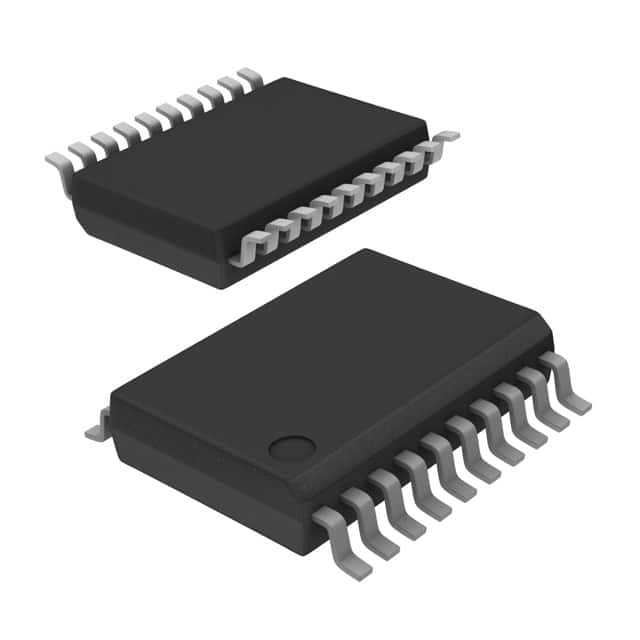
-
WM8804GEDS/RV
Cirrus Logic Inc.
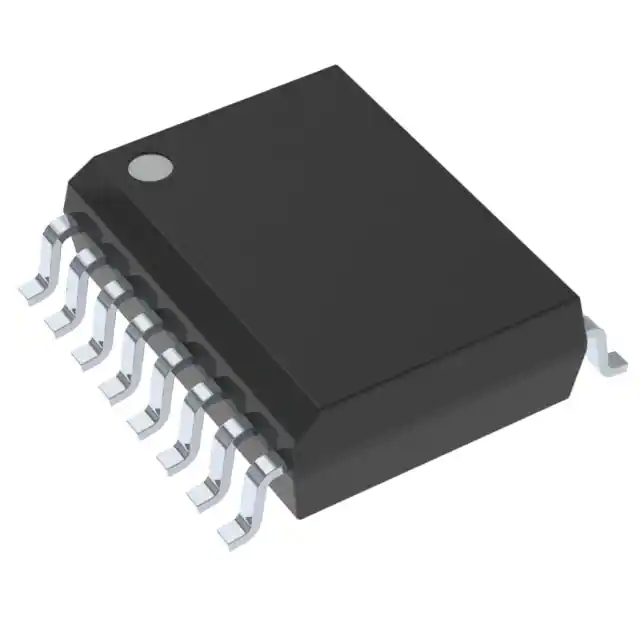
-
DRV134UA
Texas Instruments
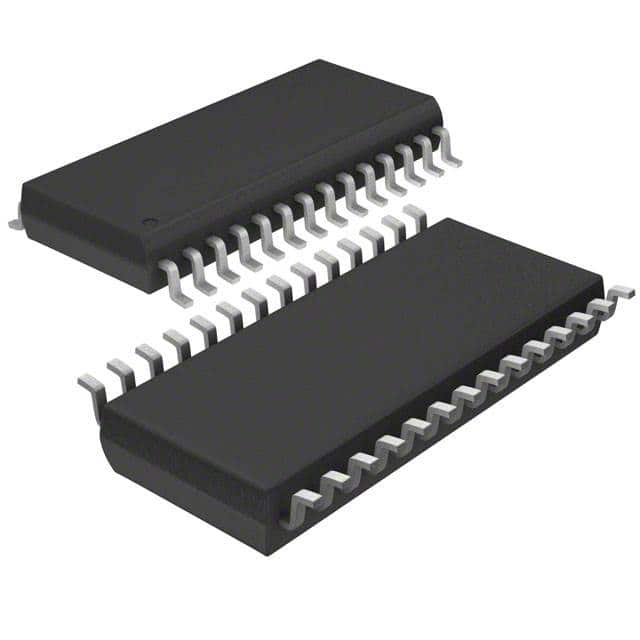
-
DIT4096IPW
Texas Instruments
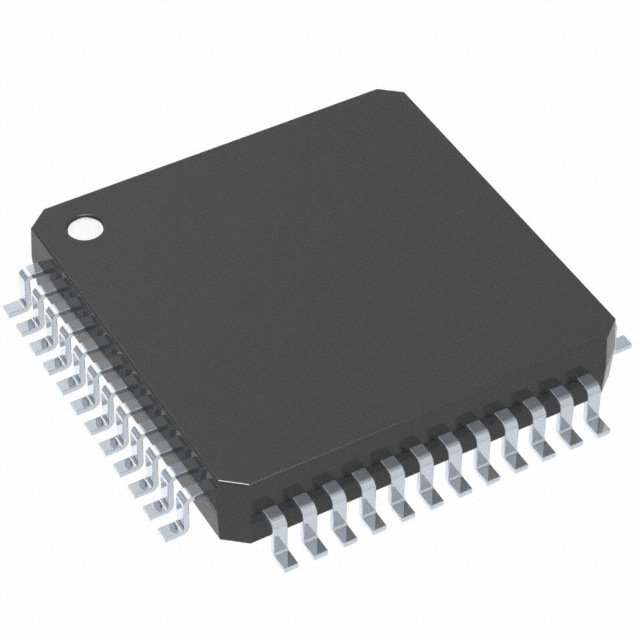
-
PCM9211PT
Texas Instruments

-
DIR9001PWR
Texas Instruments

-
NJU72342V-TE2
Nisshinbo Micro Devices Inc.
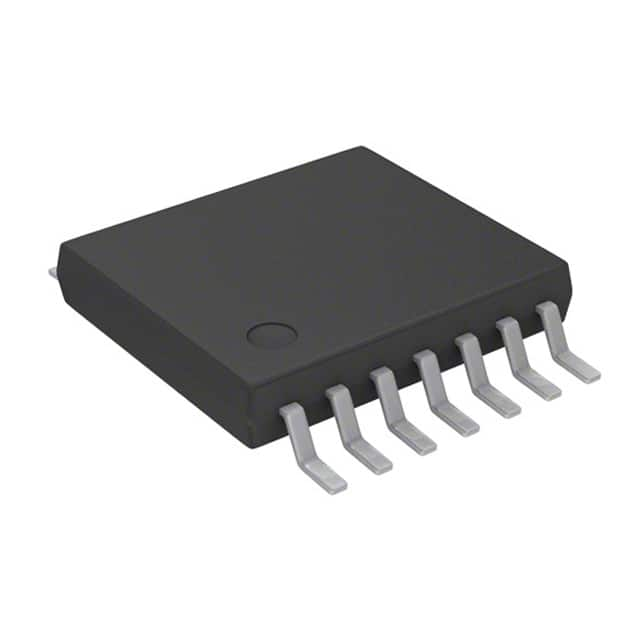
-
NAU8220WG
Nuvoton Technology Corporation
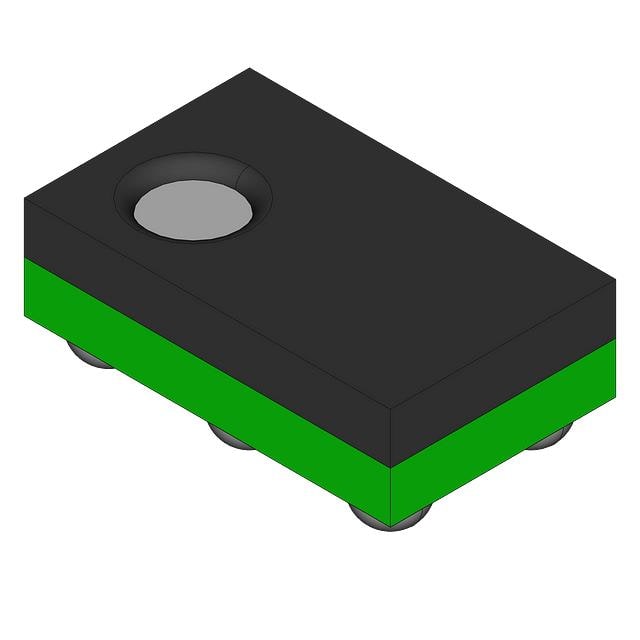
-
IP5002CX8/P135
NXP USA Inc.

